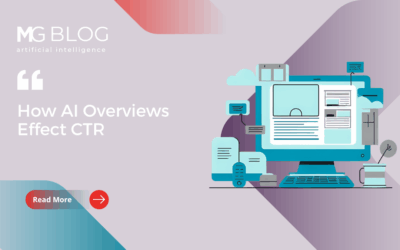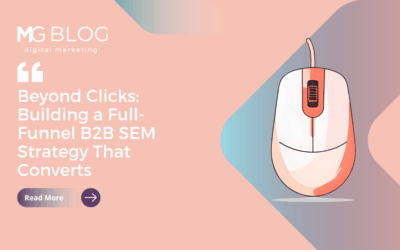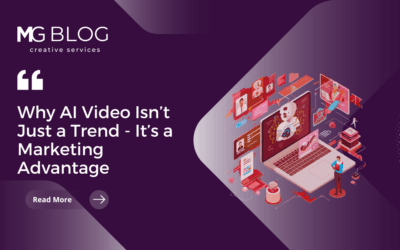 Whether or not Internet of Things (IoT) is overhyped is a highly debated topic. IoT enablers claim that their connected solutions provide real ROI to users. However, detractors criticize the expectations around the IoT movement as overly inflated.
Whether or not Internet of Things (IoT) is overhyped is a highly debated topic. IoT enablers claim that their connected solutions provide real ROI to users. However, detractors criticize the expectations around the IoT movement as overly inflated.
Is IoT purely hype or is it the technological hope of our generation? Let’s take a closer look.
The Hype Argument Around IoT
According to the well-known Gartner Hype Cycle, new technologies evolve through five key lifecycle phases including technology trigger, peak of inflated expectations, trough of disillusionment, slope of enlightenment and plateau of productivity. As of August 2014, Gartner reported that, as an emerging technology, the Internet of Things had reached the peak of its hype.
While everyone is talking about the potential of IoT, skeptics remain cautious. Some compare it to the RFID wave that dissipated several years ago and warn IoT could fade into the stalled “trough of disillusionment” if investment and adoption doesn’t rapidly grow. Factors impacting this include concerns about security and privacy and that fact that most companies today are still largely unprepared to deploy IoT solutions, as noted in CompTIA’s article “Sizing Up The Internet of Things.”
The same critics have trouble denying the impact IoT is already having on the way we do business, and the greater world at large.
The Truth About IoT
The IoT world goes beyond network connectivity to analog objects. Data collected from sensors, devices, and connected systems is providing a whole new level of intelligence that can impact the business decision-making process and improve overall performance across industries like telecom, energy and utilities, agriculture, healthcare, and many more.
IoT technology is here now. For example, visitors to Disney World now wear a wristband that unlocks their hotel room, grants them entry into the parks and check-in at FastPass+ entrances. One of the Merritt Group’s own clients, ColdLight, has partnered with a smartwatch provider to analyze a user’s sleep patterns, track daily habits, and help improve the user’s health and quality of life. Power companies are enabling smart grids and smart meters to improve service offerings, protect assets and gather information about energy usage for sustainability efforts.
There are also a number of other vertical industry use cases turning into real deployment examples. Farms today are implementing solutions that can leverage weather data collected from IoT systems can reduce agricultural water usage, hospitals can better manage their energy consumption and power during emergencies so the lights don’t go out, plus a number of other practical enterprise applications.
And while there is tremendous potential and value to be attained, there are some lingering concerns.
Threats to Widespread Adoption
As more and more companies create software solutions and connect platforms and devices, there is the lingering question of security. Security and privacy issues must remain top of mind for developers and technology solution providers – especially as new threats emerge and evolve. In response to addressing IoT vulnerabilities, Cisco recently discussed the ability to enable different security features at different points over a connected network. For example, a network that connects a robotic arm in a factory to a control hub, to an employee’s computer, can have a different security setting on the employee’s computer than they do on the robotic arm.
Investments Pushing IoT Forward
ZDNet’s report on the Internet of Things shows that while IoT is relevant in a limited space currently, if a business is ever going to be defined as a digital business, it must consider investing in IoT. Funding support in IoT is on the rise, with venture capital firms slated to invest more than $1.6 billion on IoT in 2015. Additionally, the industry has seen major strategy and investment announcements from major players including IBM’s recent $3 billion investment to build an IoT division and Google offering grants for open innovation proposals.
Increased funding and expansion of software and hardware ecosystems all are pushing IoT from hype to reality.
Sunny Industry Forecasts Ahead For IoT Globally
IDC predicts that the global market for IoT devices and services, which was $1.9 trillion in 2013, will exceed $7 trillion by 2020. Verizon, in a recent study called The State of the Market: The Internet of Things 2015, predicted that by 2020 IoT devices will outnumber mobile devices and that by 2025, organizations that use IoT will be 10% more profitable than organizations that do not.
Verizon also published some of their own numbers, which included an IoT revenue growth of 45% in 2014, 83% IoT growth in the distribution and transportation sector, 20-25% fuel savings in IoT fleet management solutions, and even an increase in the success of wellness programs when IoT wearables were incorporated.
These statistics indicate that the global market is, more and more, moving toward an IoT approach, which will continue to drive the development of new and expanded “smart” offerings.
The Internet of Things is not a theory. It’s an evolving, growing reality that is already delivering business value. Our use of connected devices to collect data that can be analyzed and applied to improve business performance will continue to grow as new solutions enter the IoT marketplace. The market is speaking and IoT, rather than an “inflated expectation” that will never reach the day-to-day world, is here now, and here to stay.



